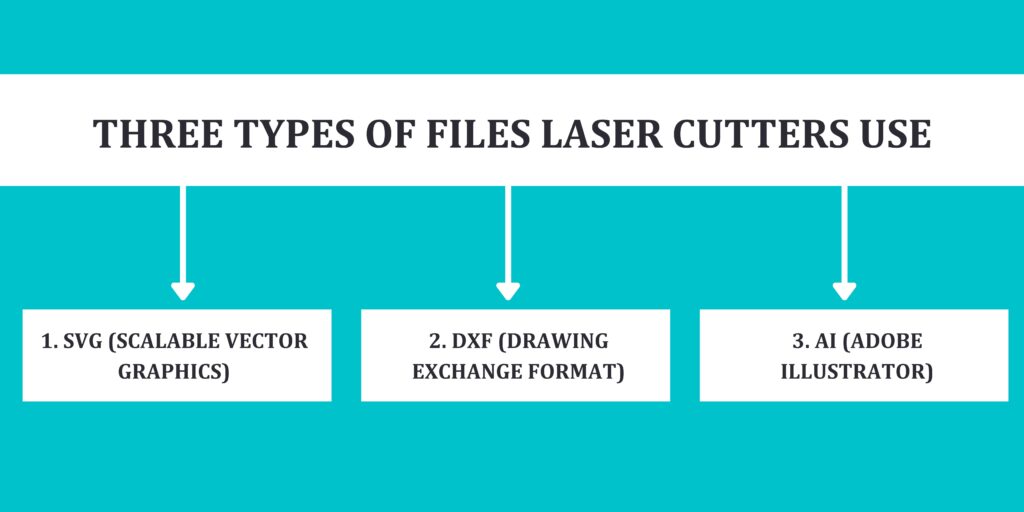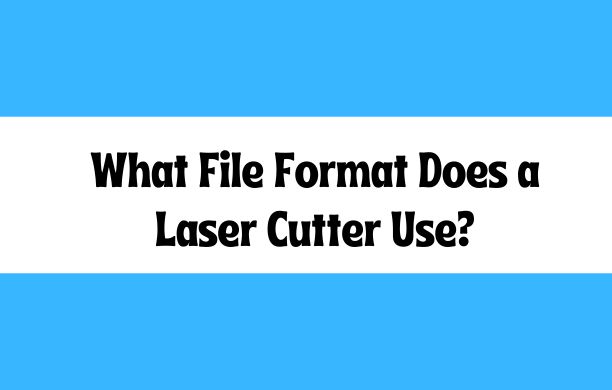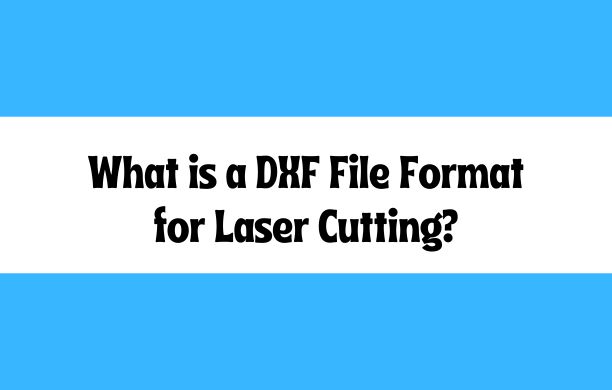Hello, friend! If you’re new to laser cutting or thinking about using a laser cutter for your next project, you might already be wondering, “What file does a laser cutter use?” It’s a common question—and a super important one—because using the wrong file type can lead to frustrating errors, poor design outcomes, or even wasted materials.
The type of file you use is key to ensuring precision and quality in your project. Whether you’re crafting intricate designs or cutting simple shapes, understanding the right file format will save you time, effort, and resources.
In this blog post, we’ll explore the most common file types laser cutters rely on, why they matter, and how to choose the best option for your needs—all explained in easy, straightforward terms. Let’s make laser cutting as simple and stress-free as possible!
Understanding Laser Cutter & Vector Graphics
Laser cutters are akin to artists wielding a high-tech brush. Instead of paint, they utilize concentrated beams of light to cut or engrave intricate patterns on materials such as wood, acrylic, paper, and even metal. However, to direct these beams effectively, laser cutters depend on specific file formats that contain precise instructions for cutting or engraving.
These machines primarily operate with vector graphics, which are digital images defined by mathematical equations. Unlike raster graphics (such as photos), which are composed of pixels, vector graphics utilize points, lines, and curves to delineate shapes and paths. This inherent feature makes them exceptionally suitable for laser cutting, enabling designs to be scaled infinitely without any loss in quality, thereby ensuring precision in every detail.
What File Does a Laser Cutter Use?
Grasping the knowledge about what file does a laser cutter uses is a must for everyone. Below, our team of experts has listed some common file formats for laser cutters that you can use.
1. SVG (Scalable Vector Graphics): Think of SVG as the universal language of laser cutters. These files contain vector graphics, which means they describe shapes using mathematical equations rather than pixels. This makes SVG files ideal for scaling without losing quality, ensuring that your designs look sharp and precise no matter the size.
2. DXF (Drawing Exchange Format): Another popular file format for laser cutters is DXF. Originally developed by Autodesk, DXF files contain 2D vector graphics, making them compatible with a wide range of design software. Whether you’re using AutoCAD, Adobe Illustrator, or Inkscape, chances are you can export your designs as DXF files for laser cutting.
3. AI (Adobe Illustrator): If you’re a fan of Adobe’s creative suite, you’ll be glad to know that laser cutters can also work with AI files. Adobe Illustrator is a powerful tool for creating vector graphics, and saving your designs in AI format ensures seamless compatibility with laser cutting software.
How to Choose the Right File Format for Laser Cutter?
Now that you know the basics, you might be wondering which file format is best for your project. The truth is, it depends on your design software and personal preference. Some designers swear by SVG for its versatility, while others prefer the familiarity of DXF or AI. The key is to experiment with different formats and see which one works best for you.
FAQs About Laser Cutter Files
Q: Can I use raster images with laser cutters?
A: While laser cutters primarily work with vector graphics, some machines support raster images like PNG or JPG for engraving purposes.
Q: Do I need special software to create laser cutter files?
A: Not necessarily! Many design programs, such as Adobe Illustrator and Inkscape, offer features specifically tailored to laser cutting.
Q: Can I convert existing files into laser cutter-compatible formats?
A: Absolutely! There are plenty of online tools and software plugins available for converting various file formats into SVG, DXF, or AI.
Q: Are there any limitations to laser cutter file sizes?
A: It depends on the capabilities of your laser cutter. While most machines can handle files of various sizes, it’s essential to check the specifications to ensure compatibility.
Q: Can I edit laser cutter files after importing them into the cutting software?
A: Yes! Laser cutting software often allows you to modify and customize your designs before sending them to the cutter.
Q: Do laser cutters use SVG files?
Q: What file is best for laser cutting?
A: The best file format for laser cutting depends on various factors such as the complexity of the design and the software compatibility of the laser cutter. However, vector formats like SVG, AI (Adobe Illustrator), and DXF (Drawing Exchange Format) are widely considered suitable for laser cutting due to their ability to maintain vector properties and ensure high-quality results.
Q: What is the file name for laser cutting?
A: There isn’t a specific “file name” for laser cutting; rather, it’s about using the appropriate file format for your design. As mentioned earlier, formats like SVG, AI, and DXF are commonly used for laser cutting. Focus on selecting the right file format that suits your design requirements and the capabilities of your laser cutting equipment.
Q: What is a laser file used for?
A laser file is used for providing instructions to a laser cutting or engraving machine. It contains the design or artwork that needs to be cut or engraved onto a material. The laser machine reads the instructions from the file to accurately reproduce the design on the chosen material.
Disclaimer
The information on this blog or website is for general informational purposes only. While READOBIT makes great efforts to keep the information accurate and up-to-date, we make no guarantees of any kind, express or implied, about the accuracy, completeness, reliability, or suitability of the information. READOBIT and their team do not take any guarantee of anything on the website. Any reliance you place on such information is strictly at your own risk. You will read or share this information on your own behalf. READOBIT will not be liable for any errors or omissions in this information or for any losses or damages arising from its use. If you are using this information, you need to verify the data with your own experts.



